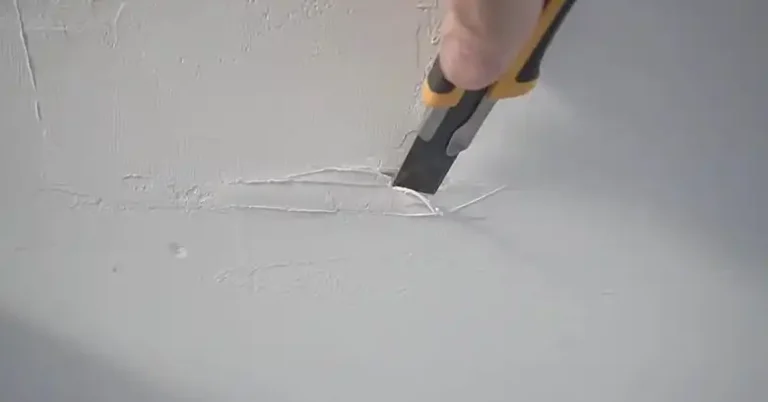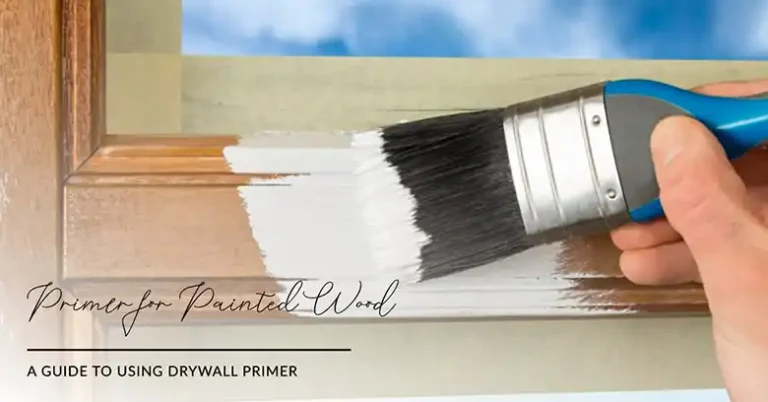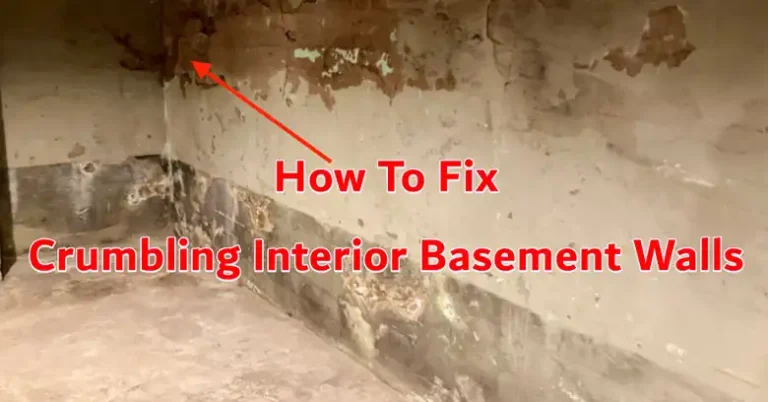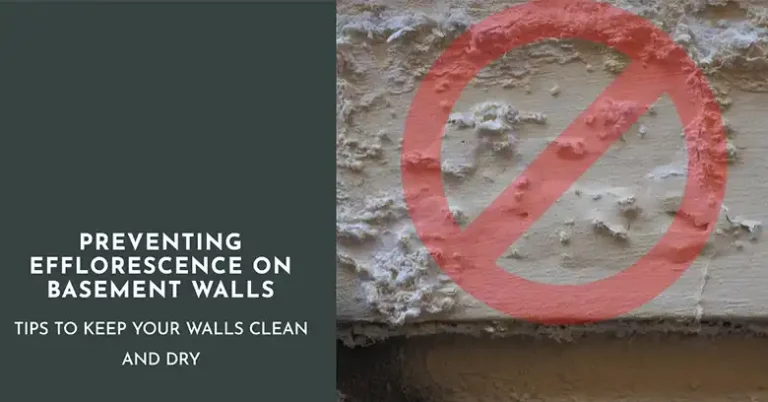I Accidentally Used Exterior Paint Inside – What Should be Done?
Ever had one of those “oops” moments in your DIY adventures? Well, you’re not alone! Recently, I found myself in a pickle when I accidentally used exterior paint inside my cozy little home. Talk about a facepalm moment! But hey, we all make mistakes, right? The real question is, what do we do when life throws us these curveballs?
In this article, I’ll share my experience and what I learned from this little mishap. We’ll dive into why using exterior paint indoors is a big no-no (spoiler alert: it’s not just about aesthetics!), and more importantly, what you can do if you find yourself in the same boat. So, grab a cup of coffee, and let’s navigate this painting predicament together!
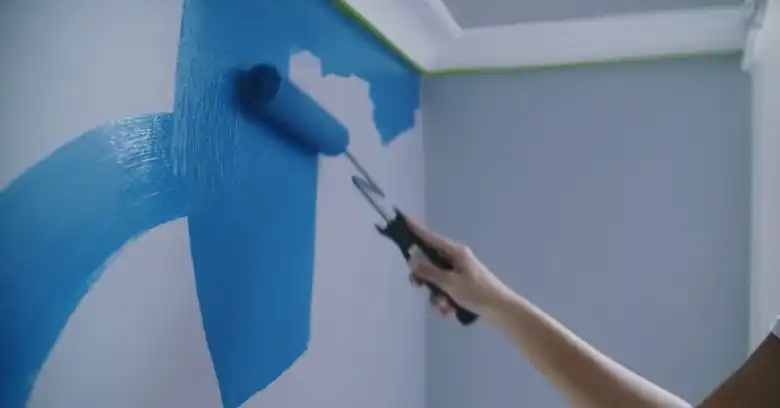
Is It Good to Have Exterior Paint in the Interior Part?
Short answer: Nope, not at all! Using exterior paint inside your home is like inviting a bunch of unwanted chemical guests to crash on your couch indefinitely. Let’s break down why this is such a bad idea.
The Toxic Trio: Benzene, Xylene, and Formaldehyde
- Benzene: This nasty little chemical is a known carcinogen. That’s science-speak for “can cause cancer.” Specifically, benzene has been linked to leukaemia. It’s like having a tiny, invisible villain in your living room.
- Xylene: Ever felt dizzy or had a headache after painting? Xylene might be the culprit. High levels of this chemical can irritate your skin, eyes, and even your respiratory system. In extreme cases, it can mess with your central nervous system, causing nausea or even unconsciousness.
- Formaldehyde: This one’s a bit of a mixed bag. At high levels, it’s an irritant for your eyes, nose, throat, and skin. Long-term exposure? It could potentially be carcinogenic. It’s like that person at a party who seems okay at first but turns out to be trouble in the long run.
The Supporting Cast: MEK, Fungicides, and UV Absorbers
- Methyl Ethyl Ketone (MEK): This chemical (often confused with Ethyl Acetate) is like that friend who’s fun in small doses but can be overwhelming. It irritates your eyes, nose, and throat. High exposure? Hello, headaches, dizziness, and drowsiness!
- Fungicides & Mildewcides: These are the bouncers of the paint world, keeping mold and mildew out. But they can be a bit rough, causing skin and eye irritation. Some might even be harmful if ingested.
- UV Absorbers: These are generally the most chill of the bunch. They’re mostly safe for skin contact, but some folks might have an allergic reaction. It’s like a mild food allergy – not everyone’s affected, but when you are, it’s no fun.
So, there you have it. Using exterior paint inside isn’t just a minor oopsie. It’s like hosting a toxic house party that never ends. But don’t worry! There’s a way out of this mess. Let’s talk solutions!
What Should be Done to Resolve the Issue?
Okay, so you’ve accidentally painted your living room with exterior paint. Don’t panic! We’ve all been there (well, maybe not exactly there, but you get the point). The good news? You don’t have to move out or tear down walls. Here’s what you can do:
The Repainting Solution: Your Indoor Makeover
The best way to fix this? Repaint! I know, I know, you’re probably thinking, “But I just painted!” Trust me, this is one of those times when a do-over is 100% worth it.
- Why Repaint?: Interior paint isn’t just about looks. It’s designed to be safer for indoor use. By repainting, you’ll be kicking out those lingering VOCs (Volatile Organic Compounds) and creating a healthier home environment. It’s like swapping out junk food for a healthy salad – your body (and in this case, your home) will thank you.
- The Silver Lining: Here’s the best part – you don’t have to completely strip off the exterior paint. That would be a nightmare! Instead, you can work with what you’ve got.
- Prime Time: Start by priming the surface with an interior primer. Think of primer as the peacemaker. It helps the new paint stick better and can also block some of those nasty fumes from the exterior paint. It’s like putting a protective shield between you and those unwanted chemical guests.
- The Final Touch: Once the primer is dry, it’s time for the star of the show – interior paint! Choose a color you love (maybe even the same one as before, if you’re feeling it). Interior paints are formulated to have lower levels of VOCs and are designed for better indoor air quality. It’s like finally getting the right guests at your house party!
FAQs
1. Can I just leave the exterior paint as is if it’s only in a small area?
No, not really. Even a small area can release harmful fumes. It’s like having a tiny bit of mold in your fridge – you wouldn’t leave it there, would you?
2. How long do I need to wait before repainting over the exterior paint?
Give it at least a few days to fully dry. Patience is key here. It’s like waiting for cookies to cool before icing them – rush it, and you’ll mess up the end result.
3. Can air purifiers help with the fumes?
Yes! A good air purifier with activated carbon can help trap VOCs. It’s like having a bouncer who specifically targets those unwanted chemical guests.
4. Will the exterior paint affect my furniture or decor?
It could. Some chemicals might discolor or damage certain materials. It’s best to remove or cover furniture during the repainting process.
5. Is it safe to DIY this fix, or should I hire a professional?
If you’re comfortable with painting, DIY is fine. But if you’re unsure or it’s a large area, a pro can ensure it’s done safely and correctly. It’s like changing a tire vs. rebuilding an engine – know your limits!
Conclusion: Turning Oops into Opportunity!
Whew! We’ve been on quite the journey, haven’t we? From the heart-sinking moment of realizing you’ve used exterior paint inside, to understanding why that’s not great for your health, and finally, to the relief of knowing there’s a straightforward fix.
Remember, mistakes happen. Even to the most meticulous DIYers. The key is not to dwell on the oops but to focus on the opportunity. In this case, you’ve learned a ton about paint chemistry, home safety, and the importance of using the right products in the right places. Plus, you get a fresh, safe coat of paint out of the deal!


